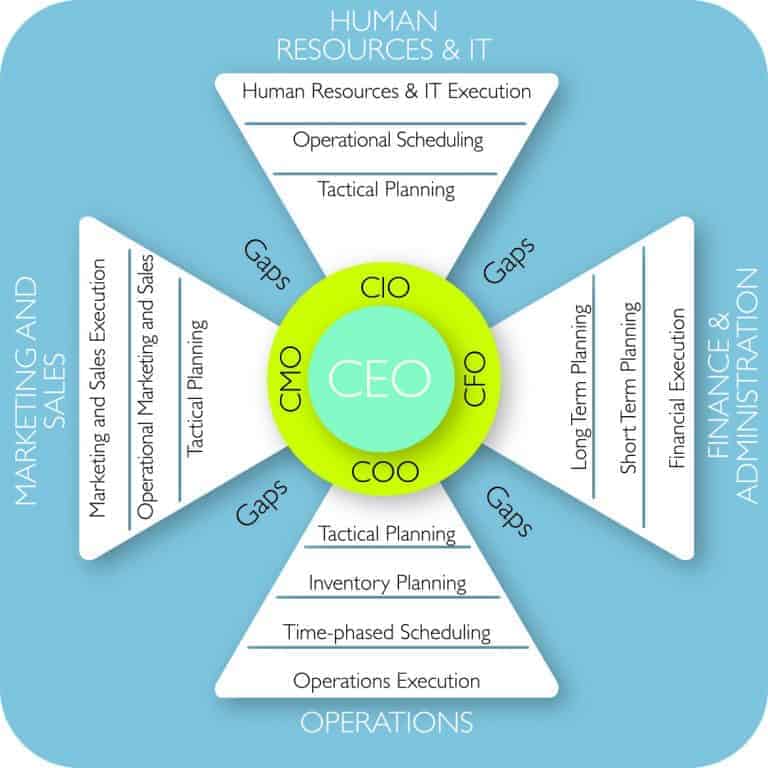Supply Chain Dellify’ the Mobile Phone Industry
Dellify (verb) – the process of changing an industry model from high cost, low flexibility, make-to-stock model to a low cost, high flexibility make-to-order model.
Before Michael Dell started his business from the college dorm, computer industry followed a very different model.
It was been nearly 30 years, and it is hard to imagine those days when branded PCs were sold at a premium prices for out-of-date models that had been sitting in inventories for weeks, if not months.
As I wrote in my recent book The 5-STAR Business Network
Some Steps of Supply Chain Dellify'
When Michael Dell started the computer company that bears his name in 1984, the cash-to-cash cycle time in the industry was 56 days on average, and as much as three times as long was well-accepted in the industry.
In the book Direct from Dell: Strategies that Revolutionized an Industry, authors Michael Dell and Catherine Fredman describe the journey of phenomenal growth.
Michael Dell started the company convinced that by selling PCs directly to the end-customers, he could better understand customers’ needs and provide more customized solutions.
In the PC industry, when Dell started his business, C2C of 50-150 days was the norm. Within four years of starting his business, he had reduced it to -4 days, an unheard of achievement.
In fact, Dell was being paid before he bought parts for his product. In the next five years, he brought it down to nearly -40 days – a figure where it has consistently hovered ever since.
If you have not already calculated the bottom-line impact of C2C reduction for your business, divide your annual turn-over by 365 days and then multiply that by the cost of capital, obsolescence, and collection.
You will be surprised by how high the number is. In Dell’s case the number worked out to several hundred of millions of dollars, a figure that easily allowed Dell to consistently take market share away from his high cost, fixed infrastructure competitors.
Mobile phone systems industry today is showing exactly the same symptoms at the PC industry was at that time.
While there is a robust eco-system of suppliers of parts, only a handful of branded products manufacturers release limited number of fixed configuration models at periodic intervals.
Similar low flexibility, high premium conditions have prevailed for the last few years – allowing Samsung,
Google and Apple to enjoy robust margins and leeway to fight court battles that one judge labeled ‘part of their corporate strategy’.
The key question then is – if the mobile phone industry is ripe for a transformation of its business model – who will get their act together first,
and start selling custom build mobile phones delivered to your doorsteps in two week or less?
Get it in the configuration that suits you – screen size, processors, memory, operating system, other specs and features – exactly the way you like it – with just the right accessories.
A number of potential candidates come to mind – more of this topic in a later blog post. Meanwhile, I invite your thoughts. .





